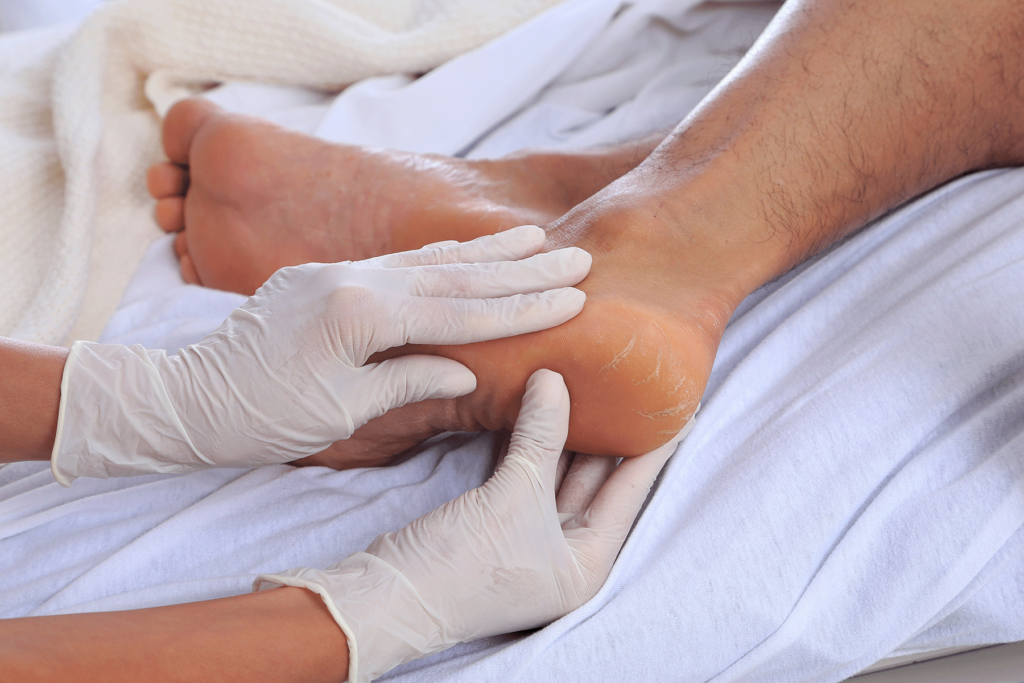A new systematic review and meta-analysis published in BMJ Open Diabetes Research and Care has found that people with diabetes are at a higher risk of lower extremity reamputation. The study analyzed data from 24 studies and found that the risk of lower extremity reamputation was 2.5 times higher in people with diabetes compared to those without diabetes.
The study also found that people with type 2 diabetes were at a higher risk of reamputation than those with type 1 diabetes. Additionally, the risk of reamputation was higher in people with a longer duration of diabetes and in those who had previously undergone an amputation.
The results of this study are concerning and highlight the importance of preventing complications in people with diabetes. Foot ulcers and infections are common in people with diabetes and can lead to lower extremity amputations if not properly managed. This underscores the importance of regular foot exams and proper foot care for people with diabetes.
Additionally, the study emphasizes the need for better diabetes management and glycemic control to reduce the risk of complications. This can include lifestyle changes such as diet and exercise, as well as medication and insulin therapy. It’s important to screen for diabetes-related complications, such as Peripheral Artery Disease, Peripheral Neuropathy, and Diabetic Retinopathy.
In conclusion, this systematic review and meta-analysis highlights the increased risk of lower extremity reamputation in people with diabetes. It is important for people with diabetes to prioritize proper foot care and diabetes management to reduce the risk of complications and improve overall health.



